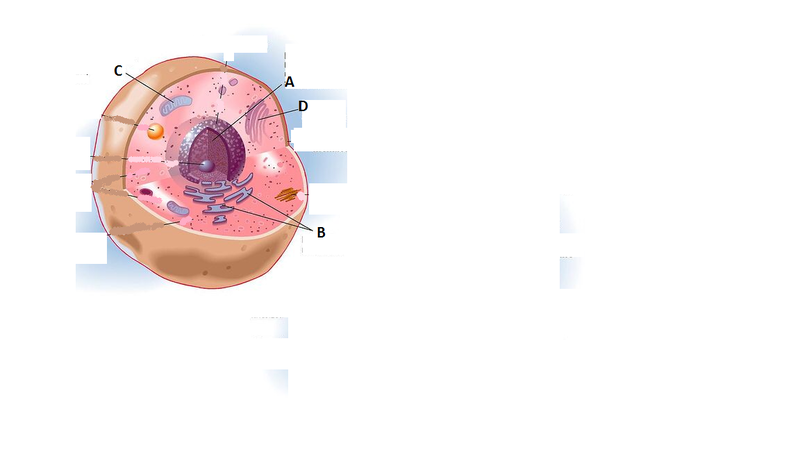11th And 12th > Biology
CELL THE UNIT OF LIFE MCQs
:
A
The nucleolus is the nuclear subdomain that assembles ribosomal subunits in eukaryotic cells. The nucleolar organiser regions of chromosomes, which contain the genes for pre‐ribosomal ribonucleic acid (rRNA), serve as the foundation for nucleolar structure
Raghav kept a plant in a dark room for a week. The leaves started to look white and waxy. His mother advised him to keep the plant in a place where there was light directly falling on the plant. So he replaced the plant on the window sill where there was direct sunshine. The leaves turned green again. Which of these organelles do you credit for this change?
:
B
Plastid is a small double-membraned organelle of plant cells, occurring in several varieties, as the chloroplast, containing ribosomes, prokaryotic DNA, and pigment.
:
C
In the absence of oxygen, respiration does not take place and mitochondria would be absent, as in mitochondria aerobic respiration occurs.
:
D
Cyanobacteria and Eubacteria are prokaryotes and they have nuclear matter without an envelope.
:
C
Viruses lack the typical structure of a cell and donot perform any functions of a cell hence cell theory is not applicable to viruses.
:
B
The membrane which surrounds the vacuole is known as the tonoplast.
:
B
Endoplasmic Reticulum consists of complex membranous systems in the cytoplasm of eukaryotic cells. The ER having ribosomes on the surface is known as RER while the ER without ribosomes is called the smooth ER.
:
B
Flip flop movement is rarely found in lipid molecules, whereas it remains absent in protein molecules.
:
B
Thylakoid space is present only in chloroplasts. The inner membrane of mitochondria folded to form cristae.
The RER in the cell synthesised protein which would be later used in building the plasma membrane. But it is observed that the protein in the membrane is slightly different from the protein made in the RER. The protein was probably modified in another cell organelle. Identify that organelle which modifies a protein from the given diagram.
:
A
From the given options 'D' represents golgi complex. Golgi bodies are the organelles which modifies proteins by adding carbohydrates or other substances.
















